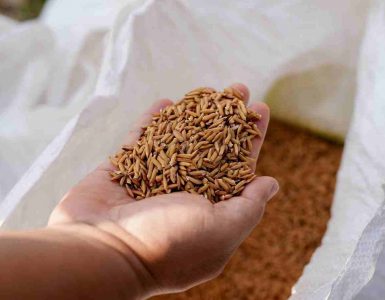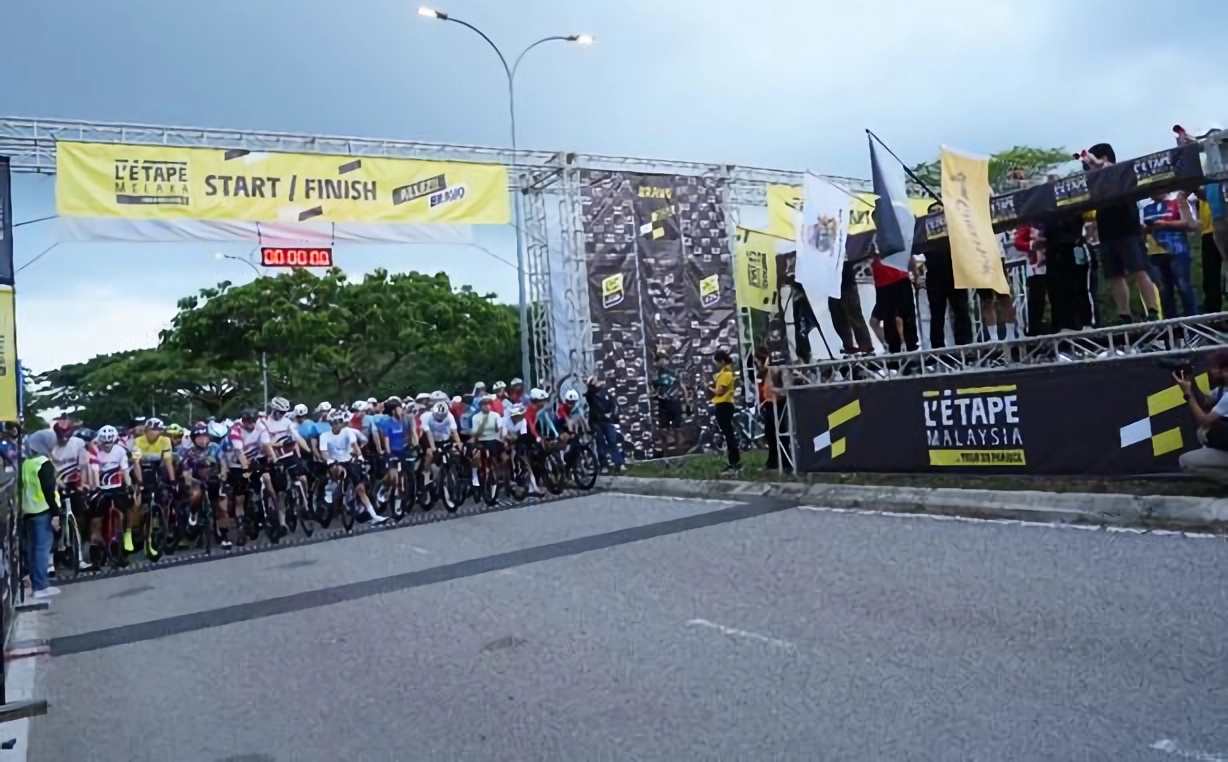Quality housing expansion in the Federal Territory of Putrajaya is
expected to reach five figures, above that of the Federal Territory
of Labuan by 2030, as more Federal Government offices and staff expand
plus other private sector personnel who move there for a green
lifestyle, unless the Federal Territory of Labuan enjoys a major economic
boom due to the oil and gas industries that will drive the island’s
housing to increase rapidly.
Failing which, Labuan’s potential would remain as when it was touted as
the preferred IOFC to attract off-shore funds from Hong Kong before the
former British colony was reverted back to China in late 1997.
The positive news recently on its shipbuilding industry back in shape out
of the red besides other promising industrial SMEs set to make an impact
in future is uplifting.
Many Sarawakians benefitted greatly from the IOFC status.
The acquisition of more than five minor hotels in Labuan is evident of
their involvement besides the ferries and other businesses fueled by
Sarawak’s timber and plantation profits reinvested into Labuan.
Things did not work out perfectly in Labuan as planned for the expected
Hong Kong and other Arab funds.
The Caribbean islands like Virgin or Cayman and Singapore are still
preferred by Hong Kong and other businesses as these islands do not have
any affirmative action policy or anti-drinking posters pasted all over
for religious reasons.
The night life in Labuan has a strong “only Filipino” hospitality presence
and Miri’s nighlife is still preferred by Bruneians and expatriates in
the oil and gas industry in Sarawak.
The lack of any major influx of businessmen and expatriates into Labuan
with the exception of Sarawakians in the oil and gas workers supply is
not going to expand its housing sector in a big way although the local
demand and that from Sarawak are considered promising.
Currently, the Federal Territory of Labuan dubbed the Pearl of the Orient
like Penang has more residential properties of various types than the
Federal Territory of Putrajaya, the administrative seat enclave of the
Federal Government in the Klang Valley.
Labuan with a much longer established history has some 10,994 owner
occupied homes and Putrajaya has 4,479 houses as of the first quarter of
2011. The statistics do not include unregistered homes not in the records
of the local government.
For new homes coming into the market – Putrajaya’s incoming supply is
slightly more at 794 units compared to Labuan’s 767 units.
At the same period, future planned supply for Labuan only totals 92 units
at the first quarter of 2011 stillunder construction while 2,724 new
houses are planned for Putrajaya.
It is expected that by 2025, the population and residential properties in
Putrajaya will match if not overtake that of Labuan if the island remains
just a laidback duty free vehicle, liquor and tobacco tax haven.
Over across the mainland, in Sabah, there are an estimated existing
142,727 homes with new supply amounting to 38,239 units and 24,456 more
in the pipeline.
For the whole country the existing supply in Malaysia stood at 4,447,447
units as at the first quarter of 2011.
Selangor has the largest existing supply of residential properties in
Malaysia with 1.28 million units, followed by Johor with 675,000 units
and the Federal Territory of Kuala Lumpur with 414,000 units.
Sabah ranks No.11 among the 13 states and three Federal Territories.
States with more residential properties than Sabah after the top three
are Perak, Penang, Kedah, Negeri Sembilan, Pahang, Sarawak and Melaka.
Kelantan, Terengganu, Perlis, Labuan and Putrajaya are ranked below Sabah.
Putrajaya however commands the highest mean monthly household income in
the whole of Malaysia at RM6,747 per month as of 2009.
This is above the national mean monthly household income registered at
RM4,025 per month in 2009.
However generally, more than half – 60 percent – of Malaysian households
earn less than RM3,000 per month. Nearly half – 43 percent – of Malaysian
households get by on less than RM1,500 per month.
Three other states ranked above the national mean monthly household income
are areas with high foreign investments – Selangor with mean monthly
household income at RM5,962 per month, Kuala Lumpur with RM5,488 per
month and Penang with RM4,407 per month.
In comparison, in 2009, Sabah and Labuan registered mean monthly household
income at RM3,144 per month, about 28 percent lower than average in
Malaysia.
Johor with mean monthly household income at RM3,835 per month and Sarawak
with RM3,581 per month although below the national mean monthly household
income of RM4,025 per month in 2009, are slightly from RM800 to RM400 more
than Sabah.
The figure for Putrajaya (RM6,747 per month as of 2009) is more than
double the figure of mean monthly household income for Sabah and Labuan
(RM3,144 per month) in the same period.
The purchasing power including for better grade residential properties is
higher in Putrajaya than in Sabah and Labuan for the salaried class.
Malaysia has a civil service that has bloated to 1.3 million employees
today and in time to come, more than five percent of these bureaucrats
will be based in Putrajaya.
Meanwhile, the United Nations estimates that over this century, the
planet’s human inhabitants will become 14 times richer and the average
person in the developing world will be 24 times richer.
Whether that will be realized in Malaysia, Sabah and Labuan, only time
will tell.
Both Labuan dubbed as a garden island and Putrajaya with its greenery and
parks are rich in a sense from a health point of view and both can afford
lower density development with planning for safe and healthy natural
environment.
Historically the relationship between development and the environment has
often been adversarial – with considerable energy spent on negotiating
issues around environmental loss and mitigation packages.
Green spaces – green infrastructure – is a critical part of the
infrastructure of urban areas.
The reality is that green spaces transform an urban island life or
suburban life for these two federal territories in Malaysia.
Parks, gardens, wetlands and trees reduce noise levels and flood risks,
and improve air quality.
In heat waves like Labuan’s stifling humidity and Putrajaya’s many
concrete buildings as heat islands, the green lungs cool neighboring
areas.
A wooded park can filter out 85 percent of air pollutants and a street
lined with trees can filter out 70 percent of air pollutants.
Generally, studies show that people who live within 500 metres of green
space are likely 25 percent more active.
Reducing the sedentary would save lives and people get better places to
live and work, and wildlife like birds somewhere to thrive.
Labuan and Putrajaya must adapt to hotter and wetter climes.
The challenge is to mitigate for the effects of climate change. Global
warming is caused by over reliance on fossil fuels.
This change must be guided by a sustainable vision that brings the
residents closer to nature and natural processes.
The increasing need for shelter and shade, the reduction of the urban heat
island effect and the integration of sustainable systems is leading to new
typologies of liveable public space in both these federal territories that
are still dependent on water and power supply channeled from outside their
boundaries and, more people too, for the growth of their housing sector.












